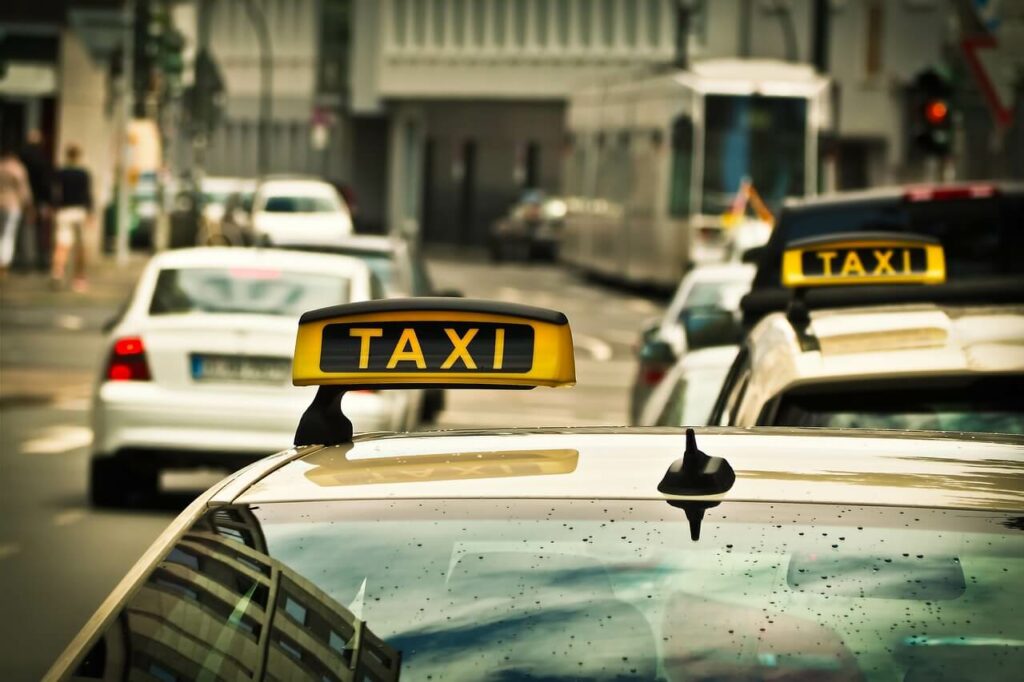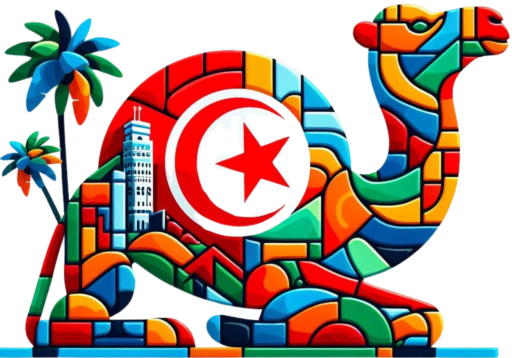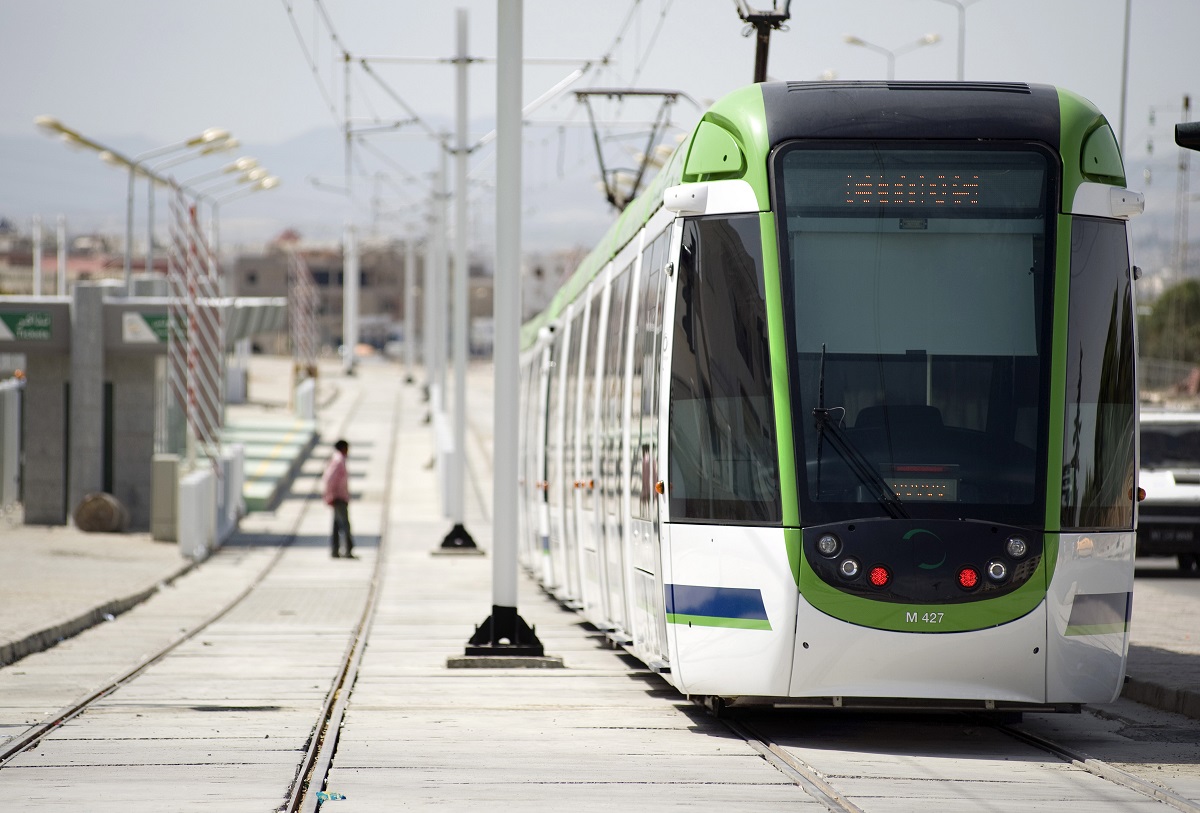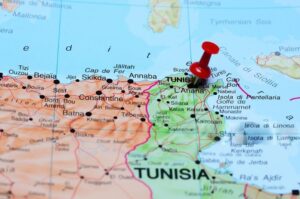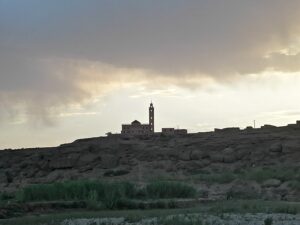Table of Contents
- Introduction
- Getting Around Tunis by Metro
- Getting Around Tunis by Train
- Getting Around Tunis by Taxi
- Getting Around Tunis by Bus
- Getting Around Tunis by Car
- Getting Around Tunis by Domestic Flights
- Exploring the Rest of Tunisia
Introduction
When visiting Tunis, one of the most important aspects to consider is how to get around the city. With a variety of transportation options such as metro, trains, taxis, and buses, there are multiple ways to move between major attractions and the surrounding areas. This guide will help you understand how to make the best use of transportation in Tunis and plan your trips in a practical and cost-effective way.
The transportation system in Tunis offers good city coverage, although it may seem complex at first. With some preparation, you will find that getting around Tunis is easier than it seems, thanks to the many available public transport options.
Let’s take a closer look at the main modes of transportation and how to use them to explore Tunis and its surroundings conveniently and safely.
Getting Around Tunis by Metro
One of the most widely used means of getting around Tunis is the light metro, a system similar to a tram that mostly runs at street level. This is an economical and fast option to travel across the city, ideal for those looking to avoid urban traffic. How to get around Tunis by metro is simple: just familiarize yourself with the main lines and interchange stations.
The Tunis light metro operates on six main lines, covering most of the city and connecting central areas with suburban neighborhoods. The main lines start from Tunis Marine and Place de Barcelone, two stations located on the edges of the Medina, making it easy to reach both downtown and outlying areas.
Common destinations for metro travelers include the Ariana district and the El Mourouj area. With frequent service and low costs, the metro is an excellent way to explore Tunis without needing a car.
Getting Around Tunis by Train
For those looking to explore areas near Tunis, suburban trains are a convenient option. From Tunis Marine station, TGM trains depart, connecting the city center with several suburban locations, including some of the most popular tourist spots. The train is particularly useful for reaching La Goulette, Sidi Bou Saïd, Carthage, and the beaches of Marsa.
This suburban railway line is one of the most affordable and fastest ways to visit nearby tourist destinations, with frequent service and low fares. However, it’s important to note that some intermediate stations may not have ticket offices, so purchasing tickets in advance is advisable, especially for multiple trips.
Traveling by train in Tunis offers a panoramic view of the urban and coastal landscape. For visitors, it is an opportunity to discover the Tunisian coast and experience an authentic and comfortable local transport system.
Getting Around Tunis by Taxi
Taxis in Tunis are a convenient and flexible solution for those who prefer to travel around the city without waiting for public transportation. Tunisian taxis are affordable, and with the meter running, the fare is reasonable. However, to avoid paying more, it is preferable to take taxis directly from the street rather than from in front of hotels.
For a more local experience, there are shared taxis called louages. These minivans depart only when they are full and are a common choice for traveling between various destinations, even outside the city. Louages have slightly higher costs than buses but allow for faster travel with more flexible schedules.
Getting around Tunis by taxi is simple, thanks to the wide availability of vehicles and the affordable fare prices. Always remember to ask the driver to turn on the meter, and in just a few minutes, you’ll reach any destination in the city quickly and safely.
Getting Around Tunis by Bus
For those looking to save money, buses in Tunis are a great option. The city is served by the Transtu company, which manages urban and suburban routes. The fare system varies depending on the zones covered, with prices starting as low as 0.320 DT for a short ride.
Buses are one of the most widely used means of transport by both locals and tourists, as they allow travel across all areas of the city. However, they can be less comfortable during peak hours when they tend to get crowded, especially on the main routes.
Despite this, Tunis’s bus system is fairly efficient and covers large areas of the city. Tickets are generally purchased at bus stops or directly onboard, offering an economical and practical alternative for getting around the city without spending too much.
Getting Around Tunis by Car
Using a car in Tunis can be convenient, especially for exploring the city’s surroundings and reaching places like Carthage or Sidi Bou Saïd. However, traffic in Tunis can be heavy, and local driving habits may seem chaotic for those unfamiliar with them.
Driving in the city is not always easy, as the Medina is a pedestrian area, and many streets are congested. Alternatively, visitors can park their car in one of the public parking lots located in the city center, such as the one near the Clock Tower.
A car can be useful for exploring the surrounding areas and reaching more distant destinations independently. Road signs are in both Arabic and French, making navigation outside the city relatively straightforward.
Getting Around Tunis by Domestic Flights
For those looking to explore other regions of Tunisia, domestic flights are a fast and efficient option. The airline Tunisair Express operates flights connecting Tunis Airport with various cities, including Djerba, Gabes, and Tozeur.
Domestic flights are ideal for those with limited time who want to move quickly between cities, allowing them to explore more places during their stay. Booking is easy and can be done online or through local travel agencies.
In a compact country like Tunisia, flights do not last more than an hour, making this a very practical transportation option for those seeking a quick and comfortable journey.
Exploring the Rest of Tunisia
Beyond the capital, Tunisia offers many other tourist destinations and historic cities to visit. Trains and intercity buses are the most commonly used means for nationwide travel, with frequent departures from Tunis to places like Sousse and Sfax.
Trains are modern, comfortable, and offer different service levels. The SNCFT, the national railway company, manages all routes and provides convenient access to various cities. Buses, on the other hand, are operated by SNTRI, with direct lines to multiple destinations across the country.
Exploring Tunisia by train or bus allows travelers to enjoy breathtaking landscapes and discover the country’s diverse aspects, from coastal cities to deserts and mountains.
Here’s a short video.
